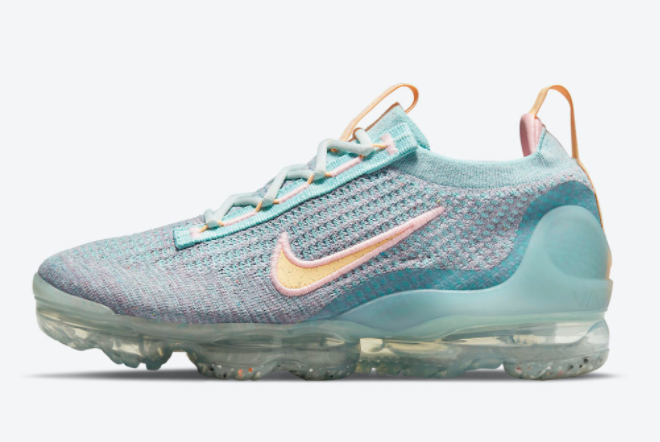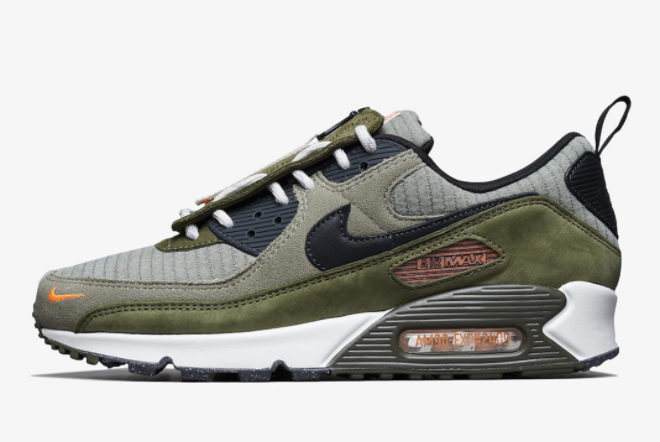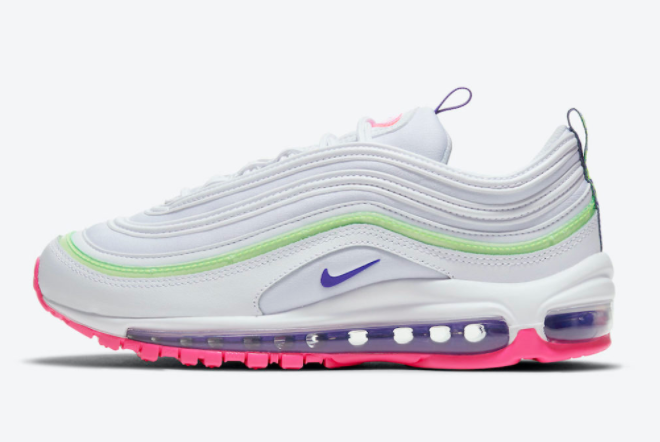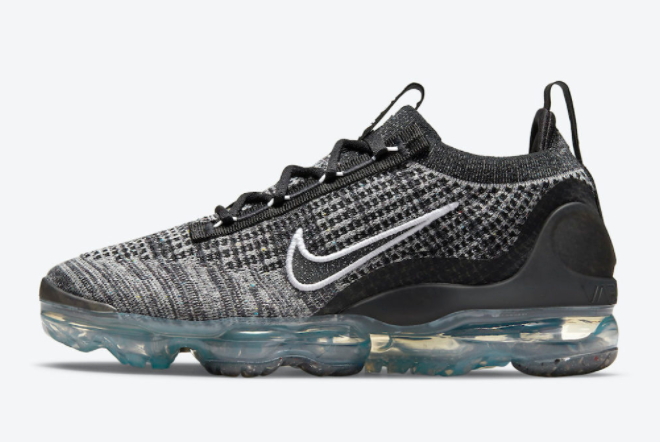Over the past year, the recovery of the running and hiking market has attracted a lot of attention, as consumers have turned to outdoor activities to replace gyms or escape home/remote office schools. However, there is another fitness option that may bring greater opportunities to footwear brands.
 In late March, a study conducted by Rockport and First Insight found that more than half of Americans (53%) now walk 1 to 5 miles more per day than before the pandemic. Moreover, they seem to develop a regular habit, 36% of them walk at least 1 to 2 miles a day, and 21% walk 3 to 4 miles a day. More importantly: Almost all respondents (93%) said that even if the COVID-19 restrictions are lifted, they are “very” or “possible” to continue this activity. (This study included a demographically representative sample of 1265 adults aged 18 and over.) Now, interest in walking as a way of life is gradually surfacing on the register. According to NPD Group’s retail tracking service, by the fourth quarter of 2020, retail sales of walking shoes will grow in low single digits. In contrast, the total sales of sports shoes during the same period fell by single digits.
In late March, a study conducted by Rockport and First Insight found that more than half of Americans (53%) now walk 1 to 5 miles more per day than before the pandemic. Moreover, they seem to develop a regular habit, 36% of them walk at least 1 to 2 miles a day, and 21% walk 3 to 4 miles a day. More importantly: Almost all respondents (93%) said that even if the COVID-19 restrictions are lifted, they are “very” or “possible” to continue this activity. (This study included a demographically representative sample of 1265 adults aged 18 and over.) Now, interest in walking as a way of life is gradually surfacing on the register. According to NPD Group’s retail tracking service, by the fourth quarter of 2020, retail sales of walking shoes will grow in low single digits. In contrast, the total sales of sports shoes during the same period fell by single digits.
 Matt Powell, NPD vice president and senior consultant in the sports industry, called on brands to pay more attention to the walking category in a recent blog post. “What if a smart brand and some smart retailers abandon the idea of building and selling a great walking shoe?” he wrote. “For me, this is an opportunity to get more sales from new consumer trends. Perhaps a whole new category has emerged.”
Matt Powell, NPD vice president and senior consultant in the sports industry, called on brands to pay more attention to the walking category in a recent blog post. “What if a smart brand and some smart retailers abandon the idea of building and selling a great walking shoe?” he wrote. “For me, this is an opportunity to get more sales from new consumer trends. Perhaps a whole new category has emerged.”
Walking shoes are not a “new” concept in the footwear industry. For example, Rockport introduced the ProWalker style at the peak of aerobic walking in 1985 and continued to innovate through its Total Motion series. Rockport Total Motion sneakers Total Motion Sport knitted sneakers from Rockport.
Credits: Provided by Rockport
 Many brands from New Balance and Skechers to Vionic and Alegria currently also offer sneaker styles suitable for long walks or leisure walks. However, in recent years, the sales of these series are not necessarily walking products, but the more general term “sports” to connect with millennials and the latest fashion trends. (At the same time, according to Powell, others use the purpose of customers selling running sneakers to walk for fitness.) But as more and more Americans speak up, brands may benefit from more direct messages.This is the idea of the new shoe brand Strole, which was launched this spring with the slogan “Enjoy Your Walk”. The label was created by a group of industry veterans, including Craig Taylor, who recently told FN: “We talked to hundreds of doctors and they all said the same thing: to someone A simple walk of 15 to 30 minutes will change their lives. Life becomes better. Therefore, we conceived a brand around self-investment and a simple, achievable, and healthy lifestyle.”
Many brands from New Balance and Skechers to Vionic and Alegria currently also offer sneaker styles suitable for long walks or leisure walks. However, in recent years, the sales of these series are not necessarily walking products, but the more general term “sports” to connect with millennials and the latest fashion trends. (At the same time, according to Powell, others use the purpose of customers selling running sneakers to walk for fitness.) But as more and more Americans speak up, brands may benefit from more direct messages.This is the idea of the new shoe brand Strole, which was launched this spring with the slogan “Enjoy Your Walk”. The label was created by a group of industry veterans, including Craig Taylor, who recently told FN: “We talked to hundreds of doctors and they all said the same thing: to someone A simple walk of 15 to 30 minutes will change their lives. Life becomes better. Therefore, we conceived a brand around self-investment and a simple, achievable, and healthy lifestyle.”
Strell Health Brand
Strole will be released in the spring of 2021.
 Amid the many stresses caused by the pandemic, it is reported that more and more Americans are discovering (or rediscovering) the benefits of being active, not just physical health. In the Rockport/First Insight study, 57% of respondents said that walking can relieve stress, while 67% strongly agree or agree that walking helps clear the mind and better control their lives. There are also social and personal benefits, because 28% of participants reported that walking is an opportunity to meet with their families, while a third of participants use their time off. (Interestingly, half of the interviewees said that they left their phones at home when they were away to get rid of the shackles of the screen.) Another potential attraction of the brand walking around is its scope. Among all fitness categories tracked by the Sports Fitness Industry Association, “fitness walking” is by far the largest level of participation: 114 million people (6 years and older) participated in the event at least once in 2020 – an increase of 2.3% starting in 2019 . In contrast, by 2020, there will be 50.7 million participants in running activities, an increase of 1.2% over the previous year.
Amid the many stresses caused by the pandemic, it is reported that more and more Americans are discovering (or rediscovering) the benefits of being active, not just physical health. In the Rockport/First Insight study, 57% of respondents said that walking can relieve stress, while 67% strongly agree or agree that walking helps clear the mind and better control their lives. There are also social and personal benefits, because 28% of participants reported that walking is an opportunity to meet with their families, while a third of participants use their time off. (Interestingly, half of the interviewees said that they left their phones at home when they were away to get rid of the shackles of the screen.) Another potential attraction of the brand walking around is its scope. Among all fitness categories tracked by the Sports Fitness Industry Association, “fitness walking” is by far the largest level of participation: 114 million people (6 years and older) participated in the event at least once in 2020 – an increase of 2.3% starting in 2019 . In contrast, by 2020, there will be 50.7 million participants in running activities, an increase of 1.2% over the previous year.
SFIA said that in the past five years, walk participation has increased every year.